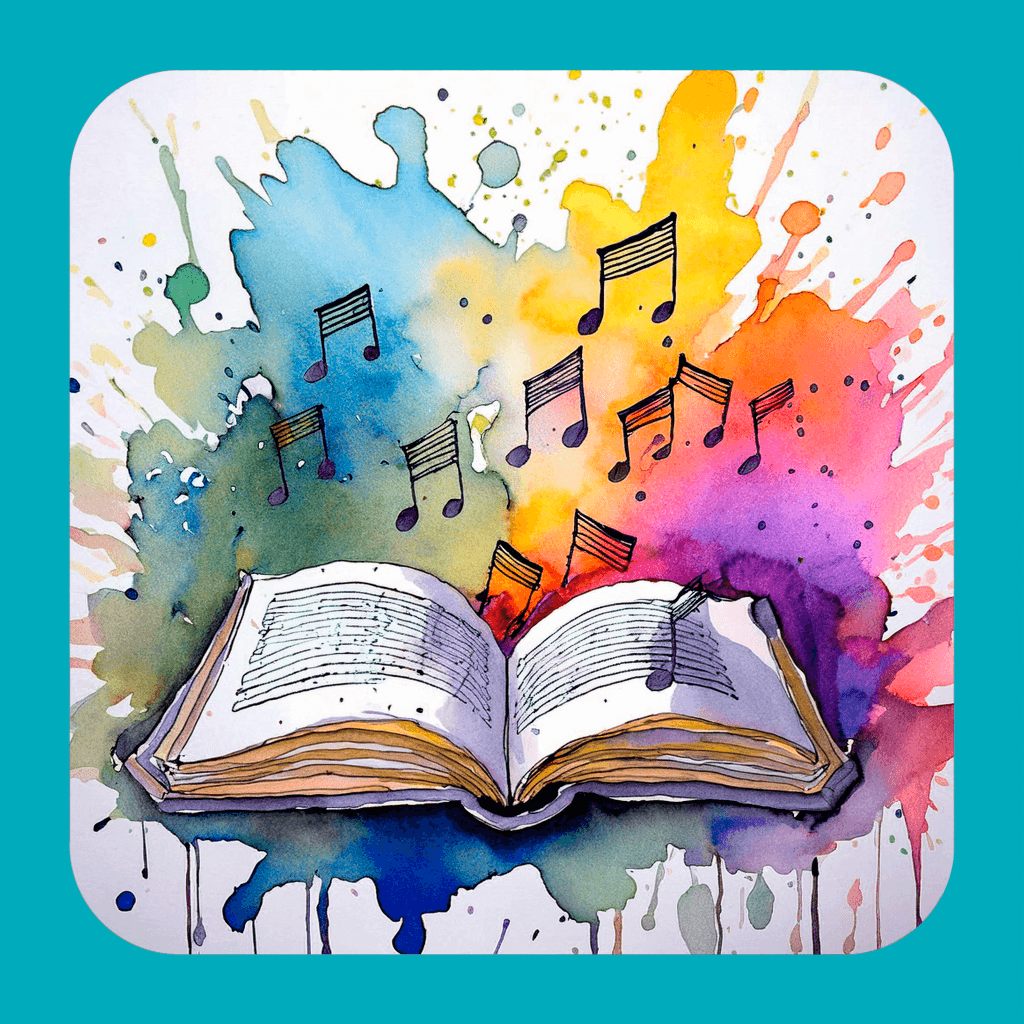In psychology, historically, the focus has been on problems and their solutions. Positive psychology—and consequently positive pedagogy—explores happiness and well-being, as well as the ways to support them. Just as adequate and regular physical exercise contributes to the health of the heart and blood vessels, modern knowledge gives us an understanding of the factors affecting mental well-being.
While positive psychology focuses on the well-being and happiness of adults, positive pedagogy examines how to enhance students' and school communities' well-being and learning outcomes. It can be defined as a comprehensive approach that combines the science of positive psychology with the best practical teaching methods, with the shared goal of promoting the flourishing of individuals and schools.

Research shows that positive pedagogy is effective in the educational context. Students with higher levels of well-being tend to achieve better grades (Howell, 2009). Additionally, students who have high well-being demonstrate better self-control in their studies compared to those with lower well-being. Well-being is also significantly related to students' engagement in school, positive school behavior, and the formation of good relationships within the school environment.
Just like in the educational world, well-being and a positive atmosphere in extracurricular activities are not separate from learning but form the foundation for meaningful engagement and nurturing passion. Shifting from a problem-focused to a solution-focused approach helps avoid a negative bias, where the instructor primarily focuses on problems without always providing solutions. People often notice their own mistakes, but the role of the teacher is to offer solutions to those mistakes.

Another crucial role of the teacher in positive pedagogy is to strengthen the learner's understanding of their own strengths. The aim of positive pedagogy is to find methods, approaches, and perspectives that help learners—from children to seniors—experience the joy of learning and become enthusiastic about it. Reinforcement and positive feedback help create a realistic self-image of one's skills, and a healthy identity supports and commits individuals to engaging in empowering extracurricular activities.
Contrary to popular belief, positive pedagogy can be just as goal-oriented as other teaching methods. The difference from the problem-focused master-apprentice model is that the student is at the center, not the teacher, and the goal is to help the student not only develop their skills but also thrive as an individual.
Talent alone rarely takes one very far, but with work fueled by enthusiasm and passion, one can achieve almost anything.
Janne Kovanen
As a source and endless inspiration, Pauliina Avola and Viivi Pentikäinen’s book Kukoistava kasvatus (2019).
Me Musiikkikoulu Säveltiellä olemme sitoutuneet käyttämään opetuksessamme aina positiivista pedagogiikkaa.
Esittelyssä

Singing, Singing Groups, Bands, Theory
Mondays, Tuesdays, Wednesdays, Thursdays, Fridays
Janne Kovanen
Passion, creativity, and curiosity – these are the most important elements of music and art for singing teacher Janne Kovanen. He believes that the role of art is to enhance well-being and provide us with tools to express emotions, and even touch others with them. Janne holds a degree as a professional musician and music educator (B.A.), and he has experienced the joy of music singing pop on festival stages and in musicals, as well as composing in his home studio.
In Janne's classes, the focus is on fostering a curious creativity in creating art, discovering one's own voice in both singing and composing, and harnessing the power of inspiration and encouragement. He believes that each of us has our own way of seeing and hearing the world, as well as experiencing emotions, and that the role of technique and musical tools is to facilitate the expression and communication of these things—in a safe and accepting atmosphere.
